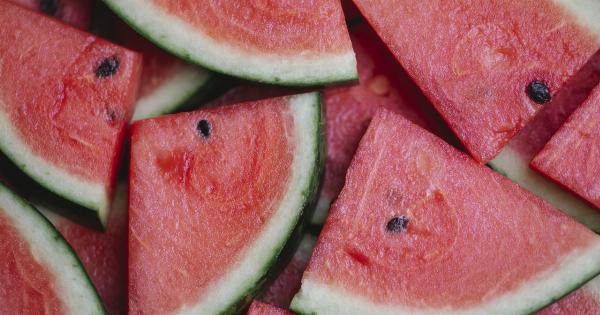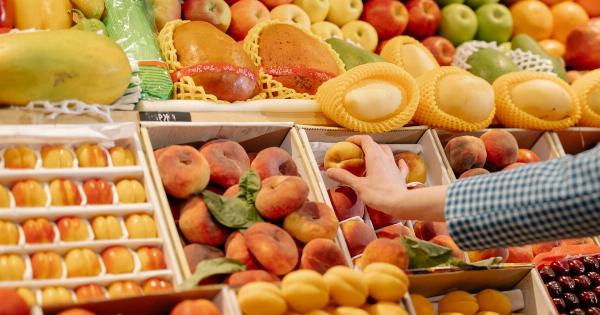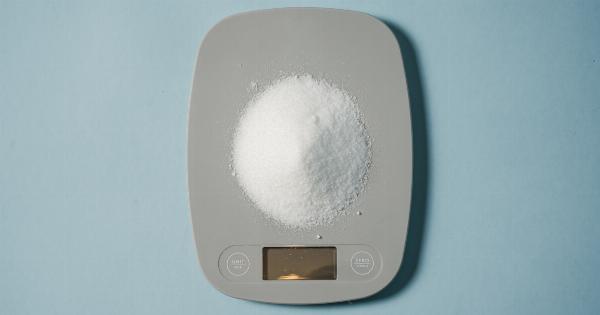Calcium is important for the growth and development of strong bones in children. While milk is a common source of calcium, not all children are able to consume it.
Luckily, there are plenty of other foods that are high in calcium that your child can enjoy. Here are some ways to make sure your child gets enough calcium without milk:.
1. Offer Leafy Greens
Leafy greens are a great source of calcium and other important nutrients. Foods such as kale, spinach, collard greens, and broccoli are all high in calcium and can be easily added to your child’s diet.
Try adding some spinach to your child’s smoothie or tossing some kale into their salad.
2. Provide Fortified Foods
Many foods are fortified with calcium, including some breakfast cereals, oatmeal, and orange juice. You can also find bread, tofu, and even some types of pasta that are fortified with calcium.
Be sure to check the packaging for the amount of calcium per serving.
3. Try Non-Dairy Milk Alternatives
If your child is lactose intolerant or allergic to milk, there are plenty of non-dairy milk alternatives that provide calcium. Soy milk, almond milk, and rice milk are all good sources of calcium.
Be sure to check the labels to make sure they are fortified with calcium.
4. Add Nuts and Seeds to Their Diet
Nuts and seeds are not only a good source of calcium, but they also provide other important nutrients such as magnesium and potassium. Foods such as almonds, chia seeds, and sesame seeds all contain calcium.
Try adding some almond butter to your child’s sandwich or sprinkling some chia seeds on their oatmeal.
5. Include Fish in Their Diet
Fish is a great source of calcium, especially if you include fish with edible bones such as canned salmon or sardines. These fish are high in calcium and omega-3 fatty acids, which are important for brain health.
Try adding some canned salmon to your child’s salad or serving sardines on whole-grain crackers.
6. Offer Calcium Supplements
If your child is unable to get enough calcium from their diet alone, your pediatrician may recommend calcium supplements. These supplements come in chewables, gummies, and liquid form and are available in many flavors.
Be sure to talk to your pediatrician before starting your child on any supplements.
7. Encourage Physical Activity
Physical activity is important for building strong bones in children. Encourage your child to participate in weight-bearing exercises such as running, jumping, and dancing.
These activities can help strengthen their bones and increase their calcium absorption.
8. Limit Foods That Decrease Calcium Absorption
There are certain foods that can decrease calcium absorption in the body. These include foods high in sodium such as processed foods, as well as foods high in caffeine such as soda and chocolate.
Limiting these foods can help your child’s body absorb more calcium.
9. Explore Recipes that Incorporate Calcium-Rich Foods
There are many recipes available that incorporate calcium-rich foods into dishes that kids will love. Try making homemade oatmeal bars with calcium-fortified oatmeal, or making a cheese sauce with pureed cauliflower as a base.
Get creative in the kitchen and find ways to make healthy foods fun and enjoyable for your child.
10. Lead by Example
Children learn by example, so be sure to show them healthy habits and encourage them to make good choices. Make sure that you are also consuming calcium-rich foods and participating in physical activity.
By leading by example, you can help set your child up for a lifetime of healthy habits.





























